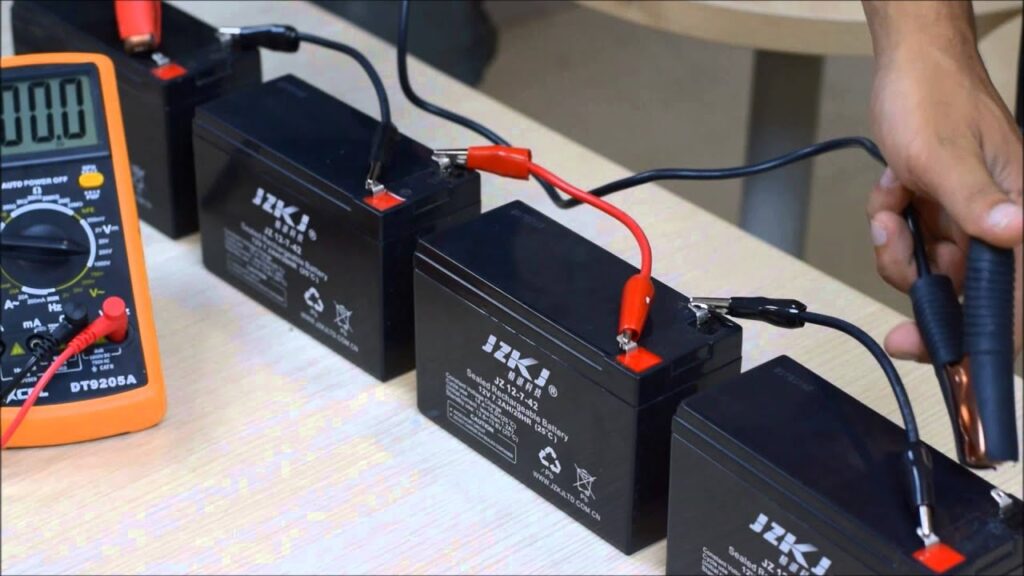A recent study led by Mohd Herwan Sulaiman from the Faculty of Electrical & Electronics Engineering Technology at Universiti Malaysia Pahang Al-Sultan Abdullah has unveiled a promising advancement in the electric vehicle (EV) sector: a new method for accurately estimating the state of charge (SOC) of EV batteries. Published in the journal “Green Energy and Intelligent Transportation,” this research addresses a significant challenge for EV manufacturers and consumers alike—ensuring that drivers have reliable information about their vehicle’s battery life.
As the electric mobility landscape rapidly evolves, the demand for precise SOC estimation becomes increasingly critical. Accurate SOC readings not only enhance the driving experience by improving range predictions but also contribute to better battery management, which is essential for the longevity and performance of EVs. Traditional methods of SOC estimation have struggled to capture the complex relationships between various factors—such as voltage, current, and temperature—and the actual SOC values, especially under dynamic driving conditions.
Sulaiman’s research introduces a Random Forest (RF) machine learning algorithm as a solution. This innovative approach utilizes decision trees and ensemble learning to establish robust relationships between the input parameters and SOC values. The study’s findings indicate that the RF model significantly outperforms previous methods, including the Extreme Learning Machine (ELM), in both accuracy and reliability. For instance, the RF model achieved a lower Root Mean Squared Error (RMSE) of 5.902% and a Mean Absolute Error (MAE) of 4.432%, compared to 6.312% RMSE and 5.111% MAE for ELM.
“The RF model not only excels in accuracy but also demonstrates exceptional robustness and reliability, addressing the pressing needs of the EV industry,” Sulaiman stated. This level of performance is particularly critical as it can enhance the operational efficiency of electric vehicles, making them more appealing to consumers.
The implications of this research extend beyond technical improvements; they open up commercial opportunities for various sectors. For automotive manufacturers, integrating this advanced SOC estimation method into their battery management systems could lead to enhanced vehicle performance and customer satisfaction. For battery manufacturers, the ability to provide more precise SOC data could improve product offerings and facilitate better lifecycle management of batteries.
Overall, this study marks a significant milestone in the ongoing evolution of EV technology, with the potential to transform how electric vehicles are managed and perceived in the marketplace. As the industry continues to seek innovative solutions, the findings from Sulaiman’s research could pave the way for more efficient and dependable electric vehicle operations, ultimately driving broader adoption of electric mobility solutions.

